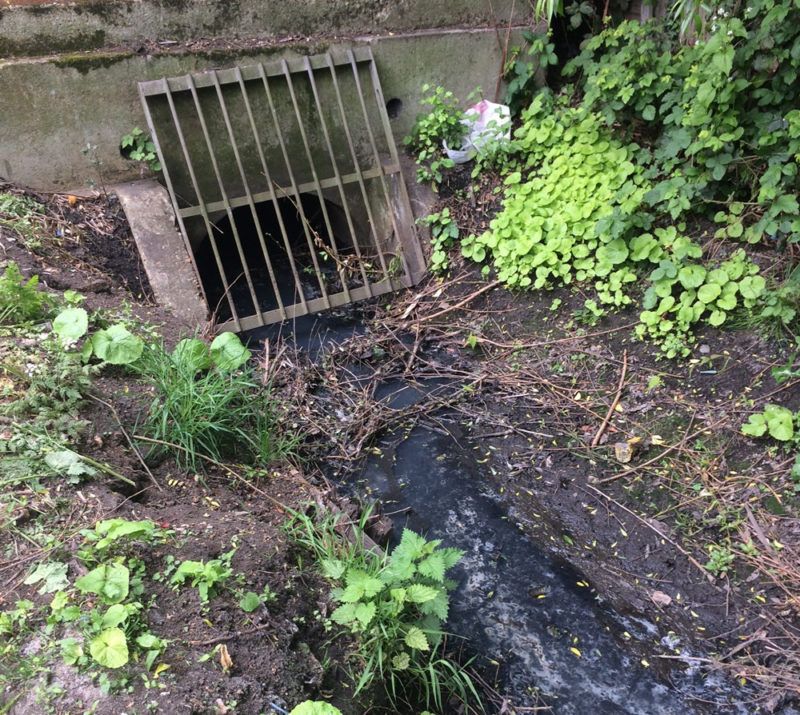Culvert desilting reduces flooding risk in East London borough

Drainage engineers have removed more than 15 tonnes of silt and other waste from a culvert to reduce flooding risks in an East London borough.
Blockages in the 1200mm-diameter culvert in Havering had resulted in several cases of localised flooding, inconveniencing residents.
As a result, Havering Borough Council commissioned Lanes Group’s East London depot to desilt the culvert to increase its capacity and reduce the risk of further flooding.
The Lanes team worked on a 100-metre section of the circular concrete culvert running from behind a residential street and under the A1306 in Rainham.
James Ball, Highways and Drainage Supervisor for Havering Council, said: “A stream feeds into the culvert, and during periods of heavy rain it backed up and flooded a number of gardens.
“The culvert was too large for our own internal maintenance teams to clean. So, we called in Lanes as part of our local flood prevention planning to desilt the pipe and CCTV survey it.
“They did a very good job for us, because the culvert was quite badly blocked, not least because a grating covering the entrance to it had become dislodged, allowing quite substantial items of waste matter to enter it.”
The Lanes team worked from both ends of the culvert to carry out the cleaning, which took over two weeks to complete.
Most of the work could be done remotely using a jet vac tanker, though confined space entry by a team of drainage engineers was used on one occasion to remove tree branches lodged in the culvert.
Lanes East London Area Development Manager Steve Murrells said: “The culvert was up to 80% full with waste material in places.
“Most of the material could be vacuumed up by the jet vac tanker and tipped at an authorised waste site. Some of it, including building waste, general household waste, and road cones, was taken away on a flatbed truck.
“The post-cleaning CCTV survey showed that the culvert was in good condition, despite the amount of waste it had collected. The grating was fixed back in place, which will help prevent future blockage problems, reducing the risk of localised flooding.”







